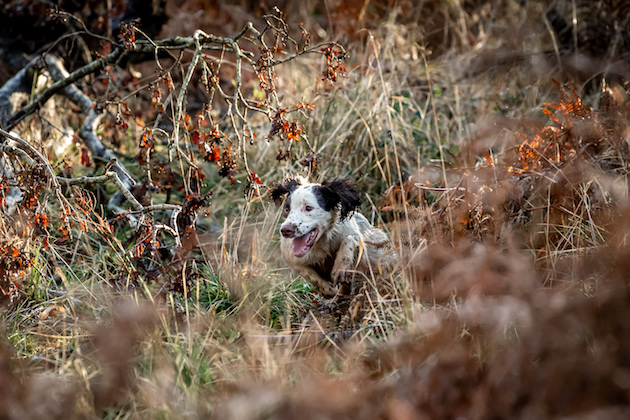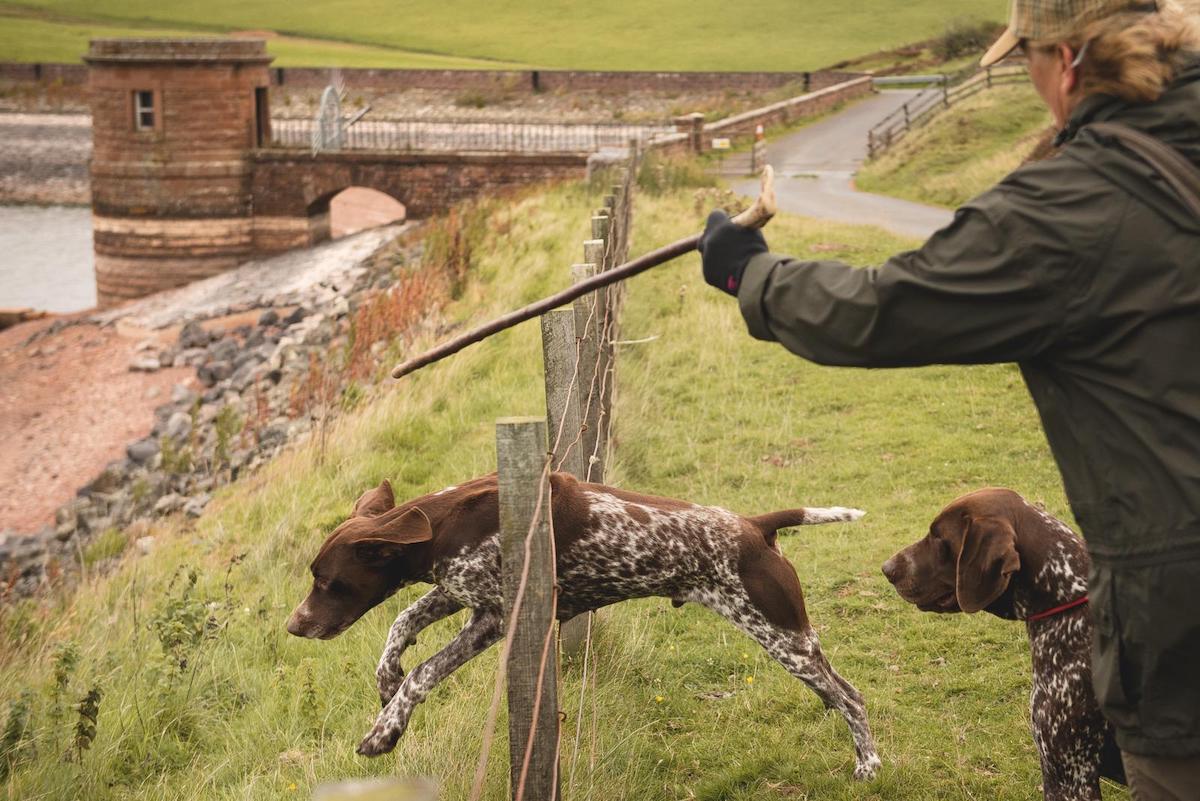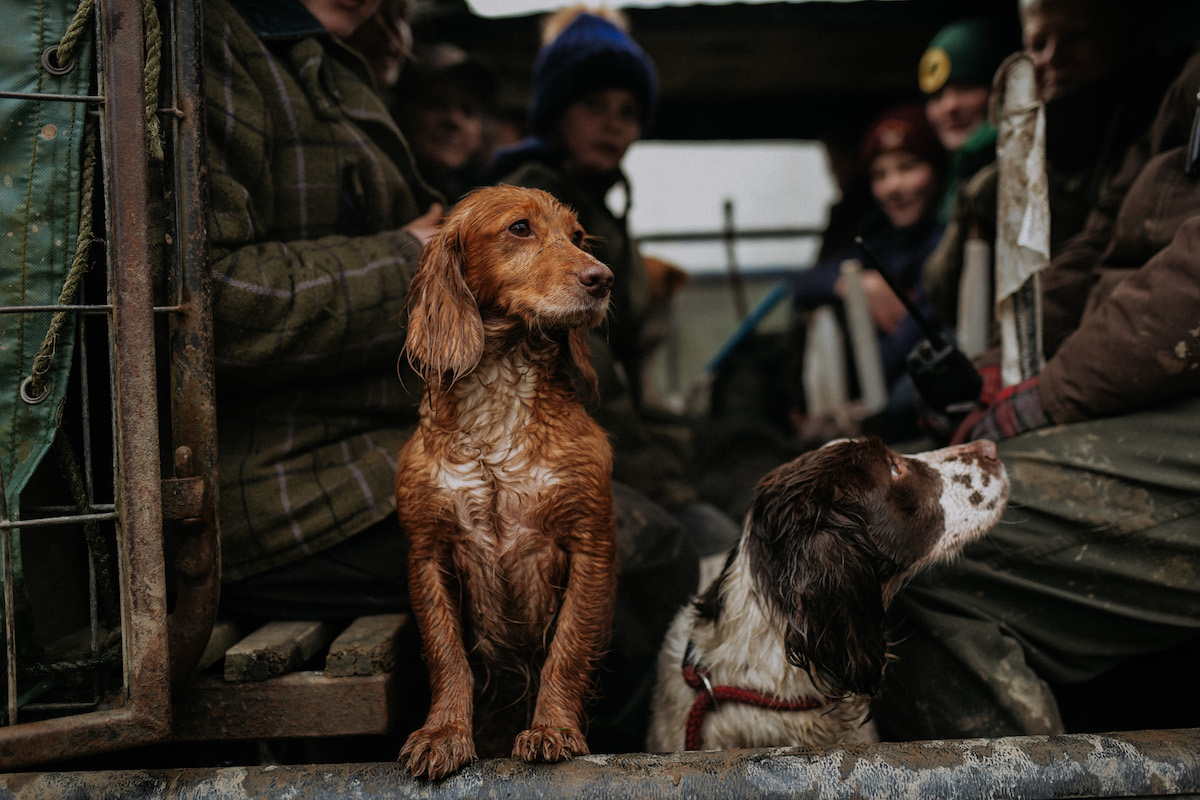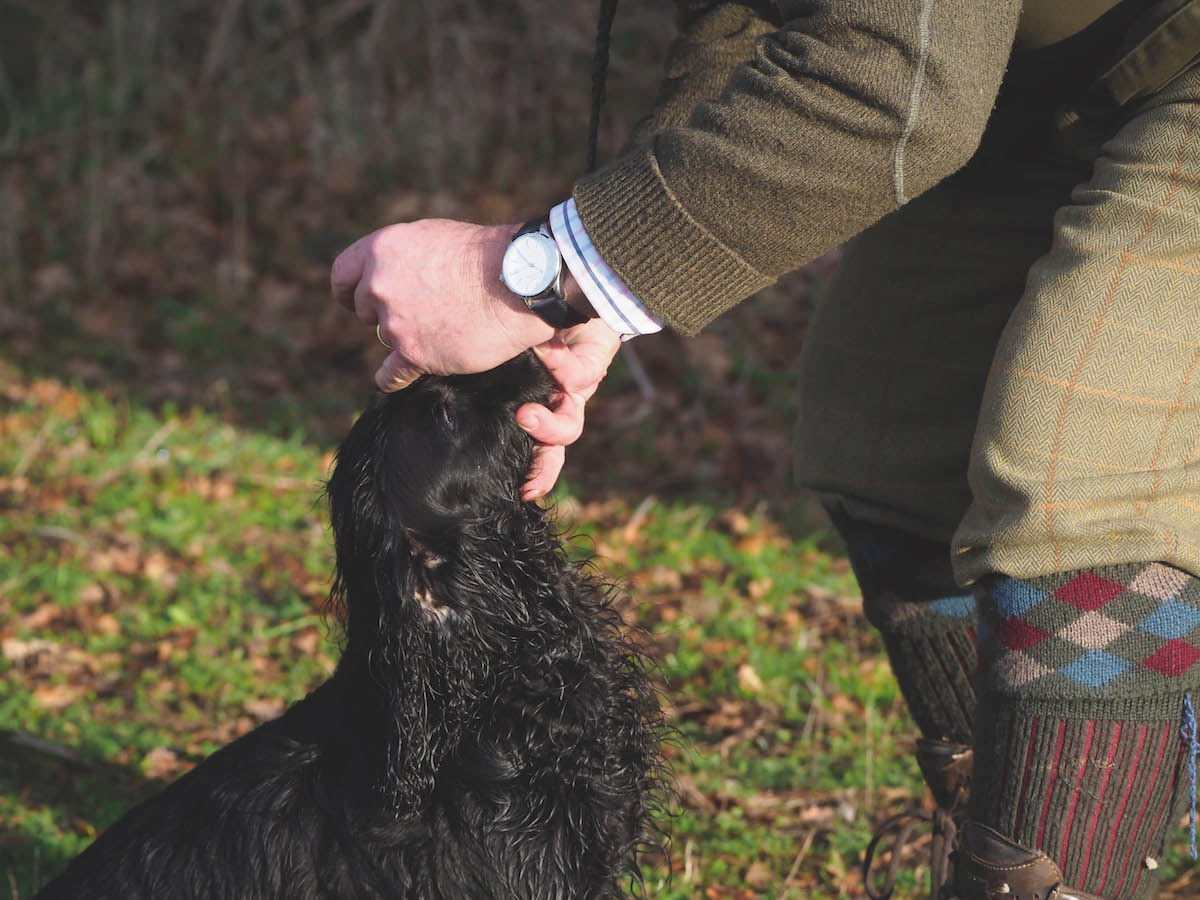What can I do about the scratches on my spaniel’s face?
Spaniels going into deep cover and brambles can get cuts on the eyes and ears. So what's the best way to patch them up?

Spaniel scratches to the face are an occupational hazard for dogs working in deep cover
Q: One of my spaniels has so many cuts around her eyes and over her muzzle from having to retrieve birds from deep cover that it doesn’t take much to make them start bleeding again. Is there anything I can use to prevent spaniel scratches and stop them reopening?
Treating facial spaniel scratches
A: This is something of an occupational hazard for dogs that all too willingly enter dense cover and sustain cuts and abrasions around their face as a result.
Abraded wounds heal by a process called “granulation” where new scar tissue comes in to heal the wound. Granulation tissue is more fragile than normal skin and until it can be replaced naturally by each of the various elements of standard skin tissue, the wound is prone to further injury.
Vaseline is a good thing to prevent and protect from spaniel scratches. When your dog first sustains the injuries smear a little Vaseline on the wound, but be careful not to get any in the dog’s eyes. This will protect the wound from further contamination. When you get home, clean the wound with a mild antiseptic solution.
Abraded wounds are best left open to heal if there is little risk of further injury or infection, but clearly this isn’t always going to be the case if the dog is to continue working. If you can’t stop the dog further injuring itself and the situation gets to the point where every time you work the dog the healing wounds start bleeding again, consider retiring the dog for the rest of the season, if necessary, to allow the skin time to heal properly and the hair to regrow.

A smear of Vaseline can help to protect a healing scatch
Cuts on ears
Q: I have a cocker spaniel that is often called upon to enter and work in thick brambles. My only concern is that one day she will get a cut on her ear. I’m told these injuries bleed profusely. What’s the best thing to do if this happens?
A: In my experience, it is relatively rare for breeds that carry a lot of ‘feather’, such as spaniels, to injure their ears in this way. Nevertheless, ear wounds do bleed profusely and tend to appear worse than they really are because the dog inevitably shakes its head as a consequence and blood splashes the surrounding coat.
In such circumstances, bandaging the ear on top of the head will help to stop the bleeding. To do this, apply some antiseptic powder to the wound before you apply the dressings. Put some padding on top of and beneath the ear flap — the gauze pads often included in first-aid kits are ideal. This will cushion the ear while it’s strapped up and helps to absorb any blood until the bleeding stops. Use a soft, pliable cotton crepe bandage whenever possible because this will mould to the contours of the head and neck more easily than a stiffer, plain cotton bandage.
Start by wrapping the bandage diagonally across the head, so that it subsequently goes down and comes back up each side of the head in front of and behind the left and right ears in a figure-of-eight fashion. Don’t apply the bandage too tightly. Make sure you can pass two fingers easily under the bandage, but make sure it can’t easily unwrap. Remove the bandage after 12 to 24 hours, by which time any bleeding should have stopped and you can continue to clean up the dog. If the ear starts to bleed again, re-apply a bandage and seek veterinary attention because the wound may require stitching.
Similarly, if you subsequently find that the ear starts to swell, there may be blood collecting in what’s known as an aural haematoma and your dog should, again, be seen by a vet.








